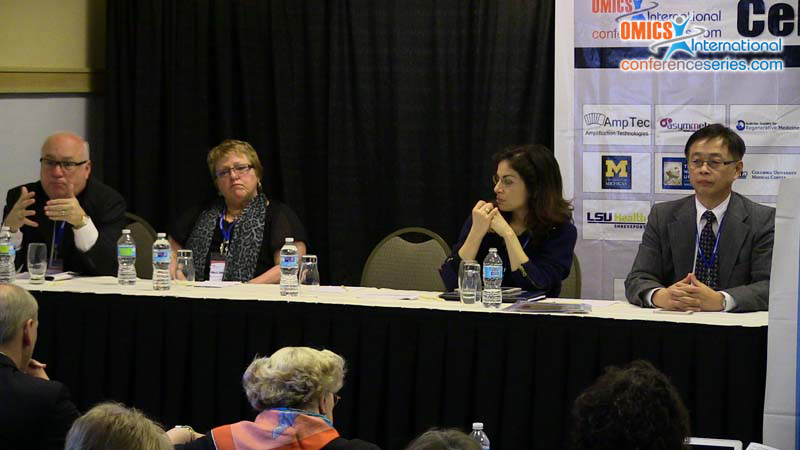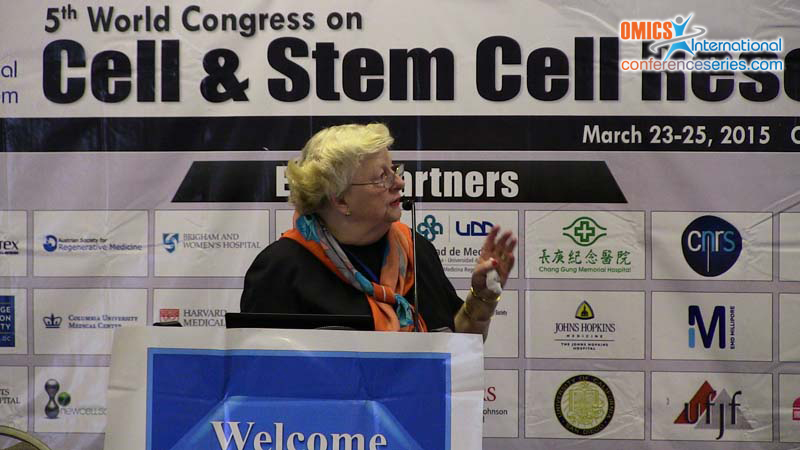
Prwati Armand
Airlangga University
Indonesia
Title: The Potential Differentiation of Hypoxic Niche Bone Marrow Derived Autologus Mesenchymal Stem Cells For Retinal Disorder Treatment
Biography
Biography: Prwati Armand
Abstract
The use of stem cells in the treatment of retinal degenerative disease has received increasing attention recently . Based on embryogenesis retina cell was developed from neural crest, this is part of ectoderm layer. The neuroretina is a complex structure whose health depends on blood vessels and retinal pigment epithelium (RPE). Replacement therapy is an approach to regenerative medicine in which healthy cells replace cells that have died or are dysfunctional. For example, in retinitis pigmentosa, photoreceptors die. Replacement therapy for RP could involve transplantation of cells that can integrate with the host retina and function as photoreceptors. Replacement retinal therapy is sight-restoring also in diabetic retinopathy. To be useful for cell replacement therapy, stem cells must proliferate extensively to generate sufficient quantities of material if they are intended to serve as a “universal donor.” If the stem cells are derived from the patient (e.g., iPSCs), then the requirement for extensive proliferation may be reduced considerably since these cells will serve only one recipient. Stem cells must stably differentiate into the desired cell type(s). ESCs and iPSCs vary in their tendency to differentiate into cells of a given lineage . MSCs are multipotent, which means they can form multiple cell types of one lineage. For example, a retinal progenitor cell can give rise to photoreceptors, bipolar cells and ganglion cells but not to corneal cells. Adult stem cells may remain quiescent for long periods until activated by a normal need for more cells to maintain tissues . To extend the potential tendency differentiated of bone marrow derived autologus MSCs to the retinal cells we make a quiescent condition of the MSCs by niche modification of culture with hypoxia before to injection to the patients. We measure the express of Octamer 3/4 (Oct4), sex determining region Y box–containing gene 2 (Sox2), and Nanog as a marker of pluripotency and also evaluate the optimal passage of stem cell before used.



